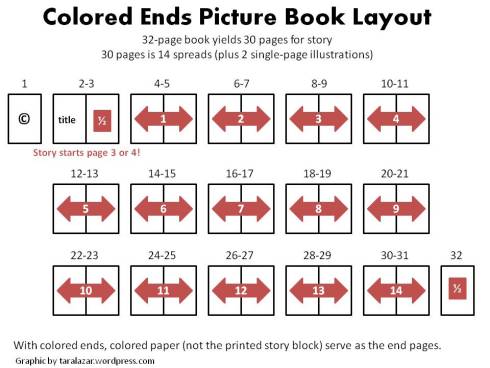Writing children’s picture books is hard. I make it harder on myself because my goal is to write award-winning picture books.
Over the last four years I have written 60 manuscripts. Of those
- Four are hopeless. They’ll never see the light of day, including possibly the worst version of Cinderella ever written. But, I did learn a lot about adapting a fairy tale from that story.
- Three are submission-ready
- Three are just about submission-ready
- The rest are somewhere in between.
Somewhere in between means:
- Checking the market to see if there’s still a need for that type of manuscript;
- Reading many other picture books for fun, and to see what techniques I might use in my work;
- Taking a good hard look to see if the best format for the story is a picture book. (At least two of my stories need to change to chapter books, one fits the category of short-story best, and one looks like it’s best suited for a graphic novel.)
- Rewriting the story from different character’s Point of View to see if the story becomes more interesting;
- Assuring that information that’s leftover from a previous edit, but is no longer needed, is purged;
- Reading the story about and retaining only words that are absolutely necessary (Some words can be replaced by illustration) Please see this blog entry from The Quote Investigator for a fuller explanation) ;
- Reviewing illustration (art) notes to assure that they are not restricting the illustrator
- Removing illustration (art) notes that are not necessary
- Creating a color-coded writer’s storyboard that lets me see what’s lacking in each of these areas:
-
- Action
- Captivating page turns
- Sounds
- Humor
- Heart
- Sense-evoking (Sound, smell, taste, touch, and intuition as well as sight.) The more the better
- Sufficient white space to make the story interesting
- Over 50 other items on a check list;
- Checking for grammar
- Checking for kid-friendly language
- Getting feedback from in-person and online writer’s critique groups;
- Possibly, paying for a critique from a professional editor.
Since I still want to write new stories, many of the manuscripts that are somewhere in between are unliklely to get revised.
Now, I just have to be assertive about letting the world know about the three or four stories that I feel are submission ready. It’s easy for me to sell someone else’s work than my own. Alas, I wish I were more inclined to sell my own work.


